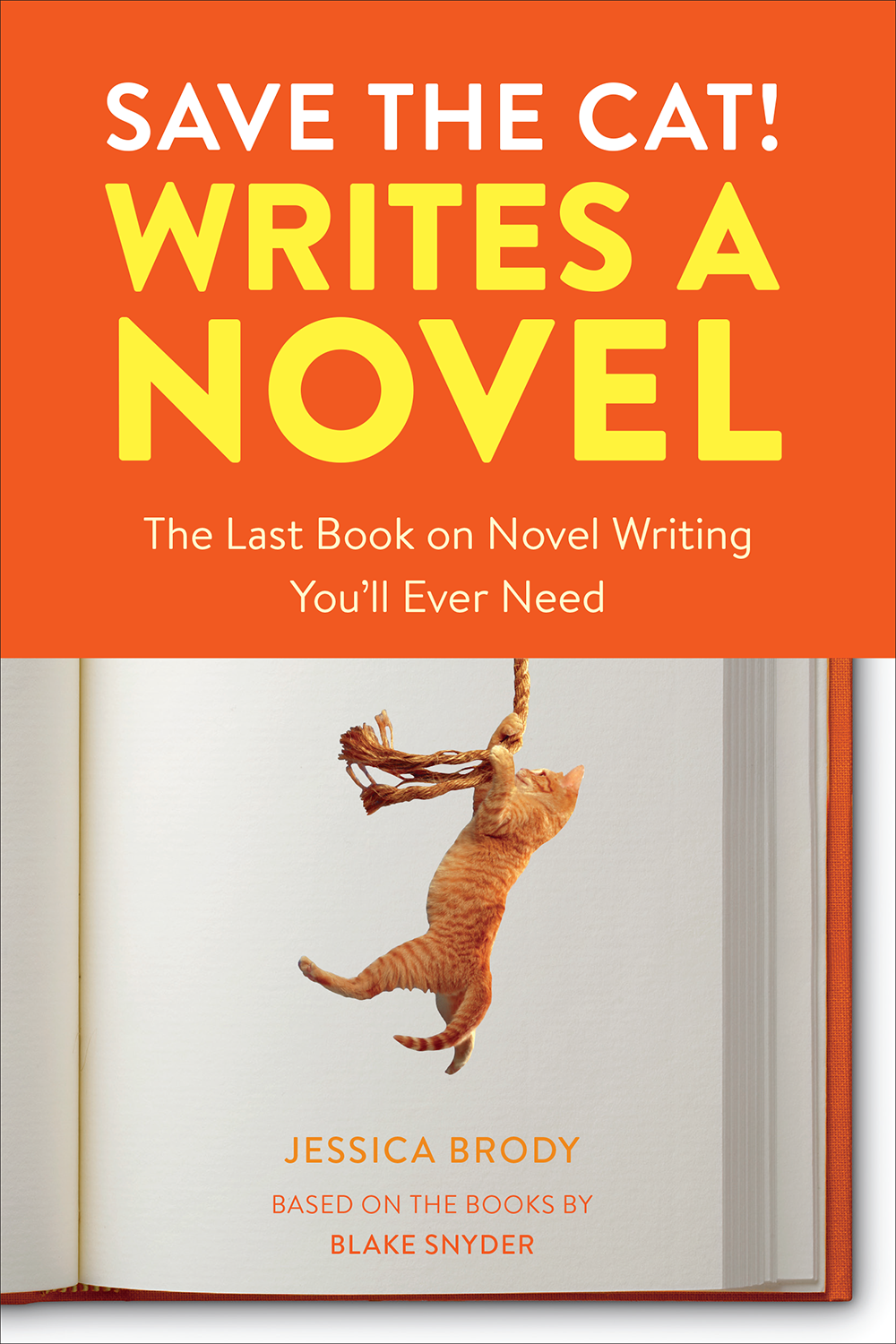Breaking News
*
Breaking News *
While I update my blog when I have big news, you will find more up-to-date information on my socials. Click here to follow my accounts on the your preferred social site.





Putting some flesh on those bones
Are you still with me? Got your Beat Sheet ready? Now that you’re sketched out the main arc of the story, It’s time to dive in and make a scene by scene outline. This is where that prioritized list and Beat Sheet get translated into your story. Think of the Beat Sheet as high level telling what will happen in your book. Now, it’s time to get to showing.

I'm Plotting Something
After I finished drafting the Haverhill project, I decided to get into a plotting frame of mind by reading a book that’s been on my TBR shelf for a while, Save the Cat Writes a Novel. If you’re not familiar with the Save the Cat plot structure, I highly recommend checking it out. It started as a guide for screenwriters to help them develop successful screenplays. The method focuses mainly around something called a Beat Sheet. The idea is that to keep your story moving and following an arc that will keep readers turning pages, you should focus on a set series of story beats.


